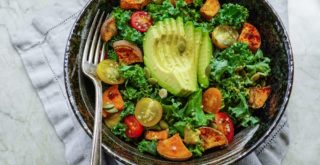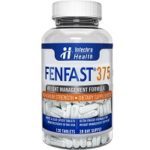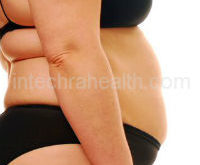Following a high protein diet is extremely trendy right now. There are all sorts of different programs, strategies and thoughts about how to do this properly. Many people feel that the more protein they eat, the better their health and weight loss will be.
This could not be further from the truth. While a high protein diet can be helpful for both your health and weight loss, it isn’t simply a matter of eating as much protein as you can. There is much more to it that that and it begins with understanding your macronutrients.
Macronutrients and a High Protein Diet
Even without following a high protein diet, you’ve likely heard of people trying to balance their macronutrients. This involves getting the right ratio of carbohydrates to proteins to fats in their diet.
This is a measurement of what portion of daily caloric intake is made up of each macronutrient. In a high protein diet, more of your total calories will come from proteins than they would in a typical diet.
Still, just because you’re eating more proteins, it doesn’t mean that you don’t still need carbohydrates and fats. It only means that you’re eating a higher amount of protein within the healthy recommended range
The Acceptable Macronutrient Distribution Range (AMDR)
The Acceptable Macronutrient Distribution Range (AMDR) is a guideline for telling you how little or how much of your daily calories should be allotted for each macro. It is measured as a percentage total of your daily caloric intake.
If your protein intake is higher or lower than the AMDR range, then you aren’t doing your health or weight loss any favors. Staying within this balance is critical to your health as a whole, to your immune system and disease prevention, and even to your body composition itself. The amount of each macronutrient you need depends on your health, activity level, age and several other factors.
AMDR for a High Protein Diet
The AMDR for protein is 10 to 35 percent. Unless your doctor states otherwise, if you are following a high protein diet, you’ll likely aim for the upper end of that range. This will help you to feel fuller from your meals, to preserve muscle even as you burn fat, and to stay well.
That said not all protein sources are created equal. Stay away from cured and processed meats, deep fried meats, protein powders or supplements. Instead, choose low-fat dairy, seafood, lean beef, lean pork, turkey and chicken.



















